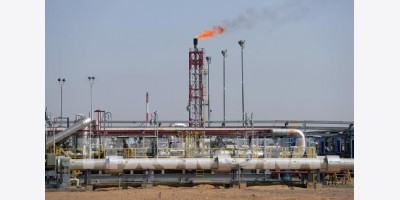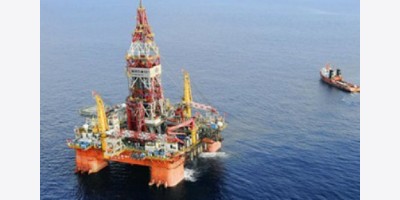The volume of exports to the U.S. Gulf in 2013 coming from Canada’s oil sands fell far short of original estimates. The oil industry projected that about 200,000 barrels per day (bpd) of oil from Canada’s oil sands provinces would reach Gulf Coast refiners by the end of 2013. But, data from December – expected to be the year’s peak – show that deliveries were below 40,000 bpd, according to Reuters. Data from Canada’s National Energy Board show higher numbers – about 57,000 bpd – but still far short of the industry’s original projections.
In what has become a crucial detail over the fate of the Keystone XL pipeline, exports of Canada’s oil sands have been significantly hampered by a lack of infrastructure. The U.S. State Department cited industry figures as evidence that oil sands development would happen regardless of the fate of an individual pipeline. The industry would simply shift to rail to make its deliveries. However, it appears that the industry is struggling to make that happen. Making up for the 800,000 bpd capacity of the Keystone XL pipeline would require 13 trains of oil, a mile long each, to reach the Gulf Coast every day. Shipping crude by rail is already more expensive than using pipelines. But with a series of train derailments carrying crude oil over the past year, the industry is being forced into using reinforced train cars, which could contribute to higher costs.
The data gives ammunition to opponents of the Keystone XL pipeline who argue that blocking its construction will slow the development of Canada’s oil sands. The State Department’s Final Environmental Impact Statement disagreed, concluding that the pipeline would have little effect on greenhouse gas emissions since the oil sands would be developed anyways.
By Charles Kennedy of Oilprice.com























